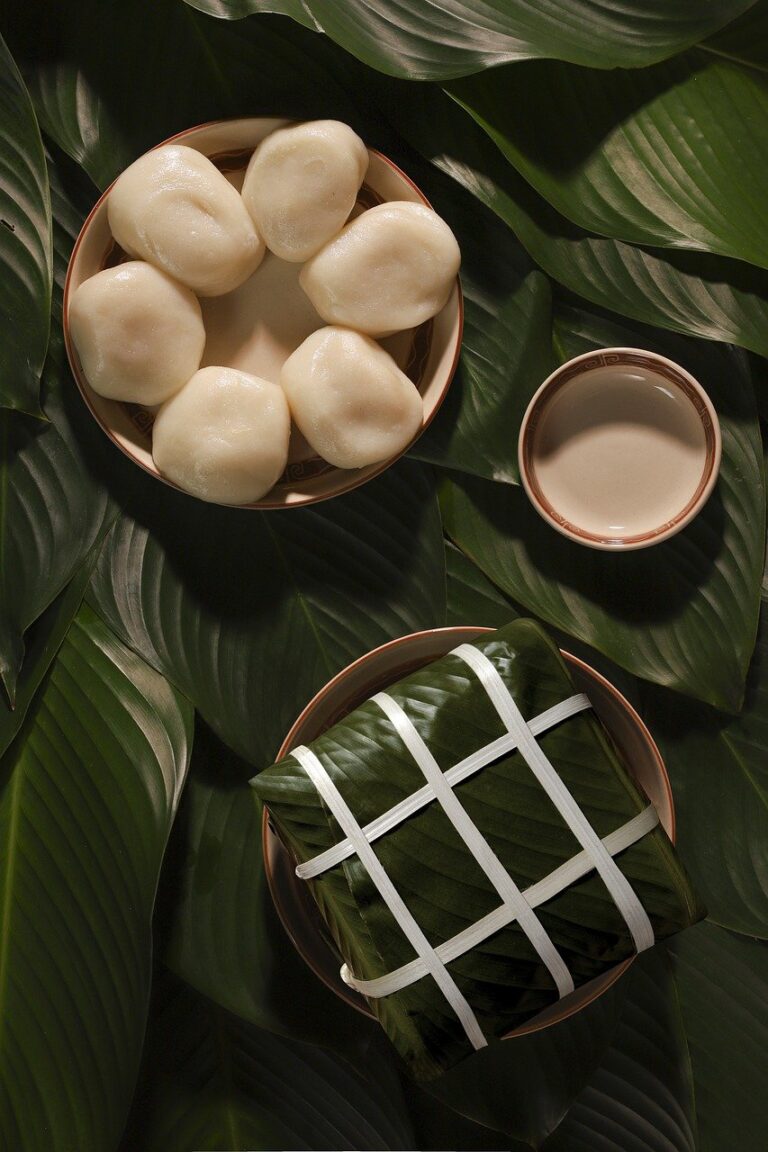To conclude, massage stands as an ageless testament to the healing power of touch. From its ancient roots to its combination into modern healthcare practices, massage continues to evolve as a vibrant and indispensable component of wellness. Its ability to transcend physical alleviation and encompass mental, emotional, and spiritual well-being reinforces the enduring heritage of massage as an art kind that transcends time, providing relief, renewal, and an extensive connection to the natural healing abilities within us all.
Beyond its physical impacts, massage is celebrated for its ability to promote mental relaxation and emotional well-being. The gentle stress and relaxing strokes used throughout a massage set off the release of endorphins, the body’s all-natural feel-good chemicals. This neurochemical feedback adds to a sense of euphoria and emotional balance. In addition, massage serves as an important device in stress reduction, as the tactile experience of touch has the power to calm the nerve system and reduce the mental worries lugged in the fast-paced demands of modern life.
The benefits of massage prolong beyond the massage table, influencing physiological procedures that add to overall health. Studies have actually suggested that routine massage can have favorable impacts on immune function, minimizing the levels of stress hormones and promoting an improved immune feedback. In addition, massage has actually been connected to renovations in rest quality, giving an all-natural solution for those facing insomnia or rest disruptions.
Massage is not confined to medical spas or luxury resorts; it has actually penetrated healthcare setups, company atmospheres, and also the world of palliative care. Hospitals integrate massage therapy into person treatment plans to relieve pain, enhance healing, and boost the overall medical facility experience. Company health cares recognize the stress-relieving benefits of massage in combating workplace-related tension and promoting employee well-being. In hospice and palliative care, massage provides convenience, relief, and a mild touch during life’s final phases.
A diverse variety of massage modalities has emerged, each with its own techniques and therapeutic focuses. Swedish massage, defined by long, gliding strokes, is renowned for its capability to advertise relaxation and enhance blood circulation. Deep tissue massage, on the other hand, targets the much deeper layers of muscle mass tissue, attending to persistent tension and muscle knots. Shiatsu, originating from Japan, includes balanced stress applied to specific points along the body’s energy meridians, intending to balance the body’s vital energy, or qi.
Societies worldwide have respected massage not just for its physical and mental benefits but also for its capability to create a sacred area for healing. In different indigenous practices, massage is considered as a holistic practice that balances the body, mind, and spirit. The intention behind the touch is considered vital, infusing the massage with an energy that transcends the physical realm and taps into the much deeper worlds of healing.
The practice of massage has actually gone beyond centuries, cultures, and civilizations, progressing from a traditional therapeutic method to a mainstream wellness practice accepted worldwide. Rooted in ancient healing customs, massage is a holistic approach to promoting physical, mental, and emotional well-being with the power of touch. As a universal language of relaxation and rejuvenation, massage has ended up being an essential part of contemporary healthcare, using a myriad of benefits that extend beyond the realm of simple physical relief.
Thai massage, influenced by traditional Thai medicine and yoga, incorporates assisted stretches with acupressure to enhance flexibility and energy flow. Reflexology, rooted in ancient Chinese practices, concentrates on specific points on the feet, hands, and ears thought to correspond to various body organs and systems in the body. nuru massage London satisfy various needs and choices, mirroring the rich tapestry of massage as a therapeutic art.
The main goal of massage is to ease tension and promote relaxation. Through the skilled and intentional manipulation of soft cells, massage therapists can release muscular rigidity, decrease tightness, and enhance overall versatility. The physical benefits of massage prolong beyond the bone and joint system, incorporating improvements in circulation, lymphatic drain, and joint wheelchair. The rhythmic and flowing motions of massage create a dance of touch that balances with the body’s all-natural rhythms, inducing a state of deep relaxation.
At its significance, massage includes the manipulation of soft cells– muscle mass, tendons, ligaments, and connective cells– with different techniques. While the origins of massage are deeply intertwined with the healing practices of ancient worlds such as China, India, and Egypt, the modern understanding and application of massage have been formed by a fusion of cultural influences and therapeutic developments.
Massage has also located its area in the world of complementary and alternative medicine. Integrative healthcare approaches progressively identify the therapeutic benefits of massage as an enhance to traditional medical therapies. Massage therapy is utilized in the monitoring of various problems, consisting of persistent pain, migraine headaches, stress and anxiety, and clinical depression. Its capacity to regulate the body’s anxiety action and promote relaxation contributes to a holistic approach to wellness.
Prenatal massage, designed for pregnant mommies, addresses the one-of-a-kind physical challenges and pains related to pregnancy. Sports massage targets athletes, intending to enhance performance, prevent injuries, and accelerate recuperation by resolving specific muscle groups and areas of tension. Each customized kind of massage is a testament to the flexibility of this ancient practice, catering to a myriad of individual needs and problems.
The art of massage is a nuanced dance between the expert and the recipient, where instinct, ability, and empathy converge to create a therapeutic synergy. Specialist massage therapists go through rigorous training, developing a keen understanding of makeup, physiology, and the nuanced dynamics of touch. This proficiency, combined with a compassionate approach, allows massage therapists to customize their techniques to the special needs and preferences of each person.
Subscribe to Updates
Get the latest creative news from FooBar about art, design and business.
